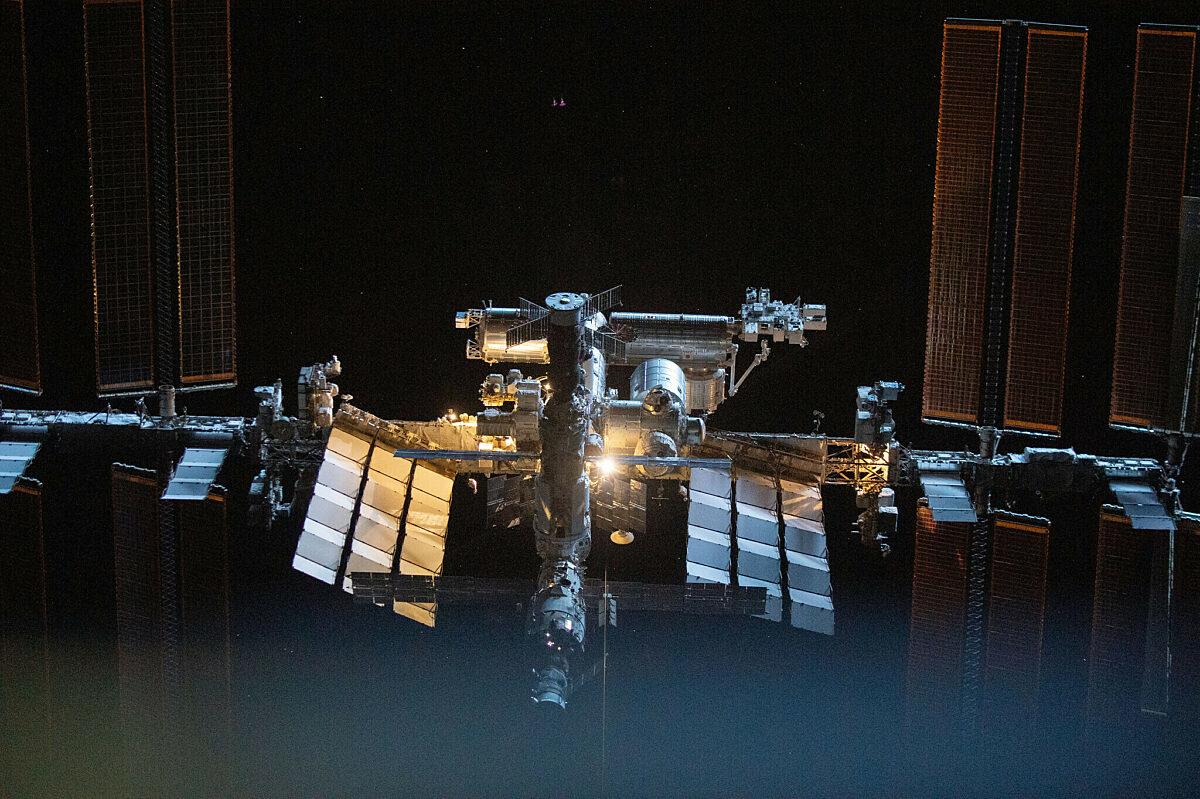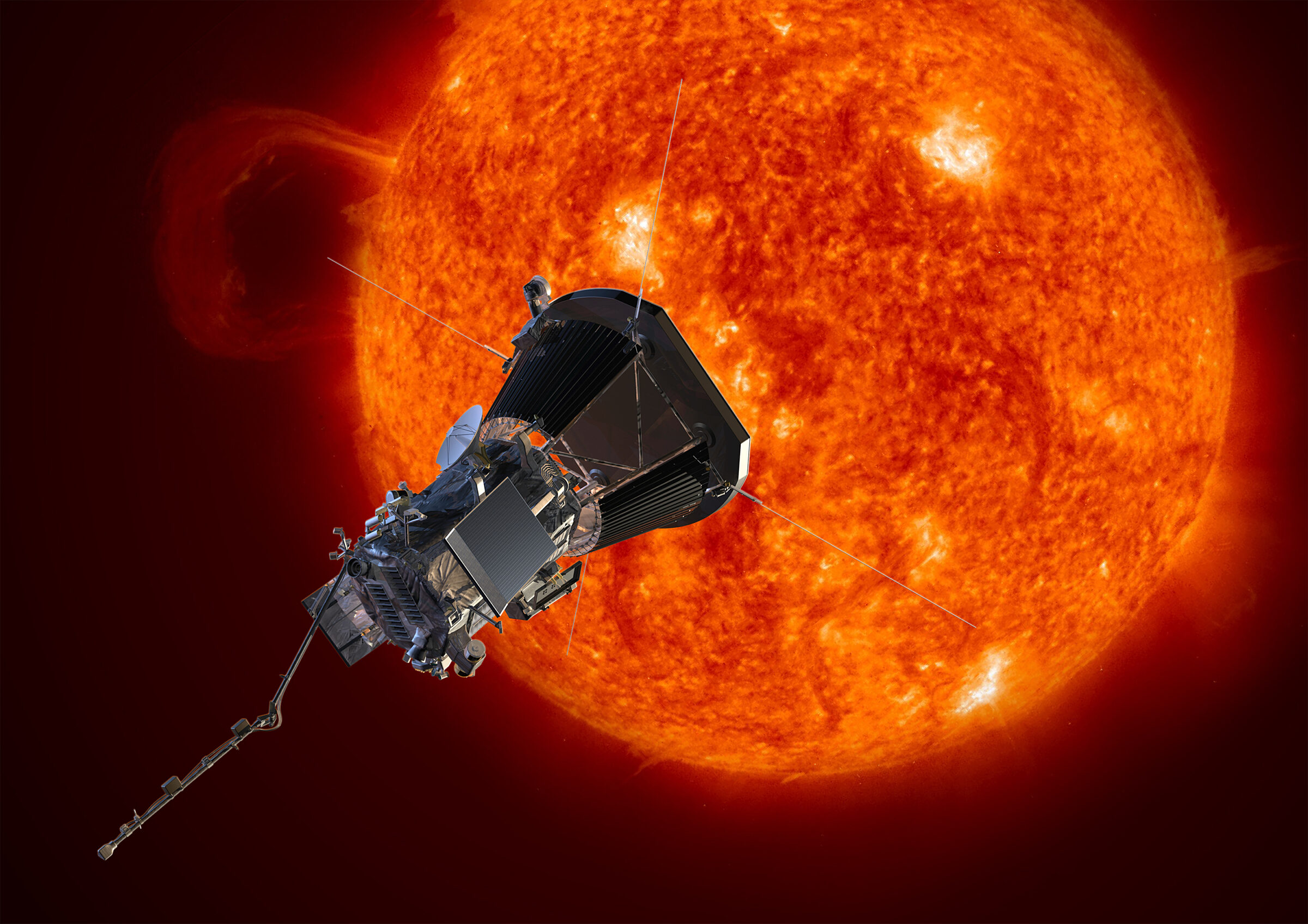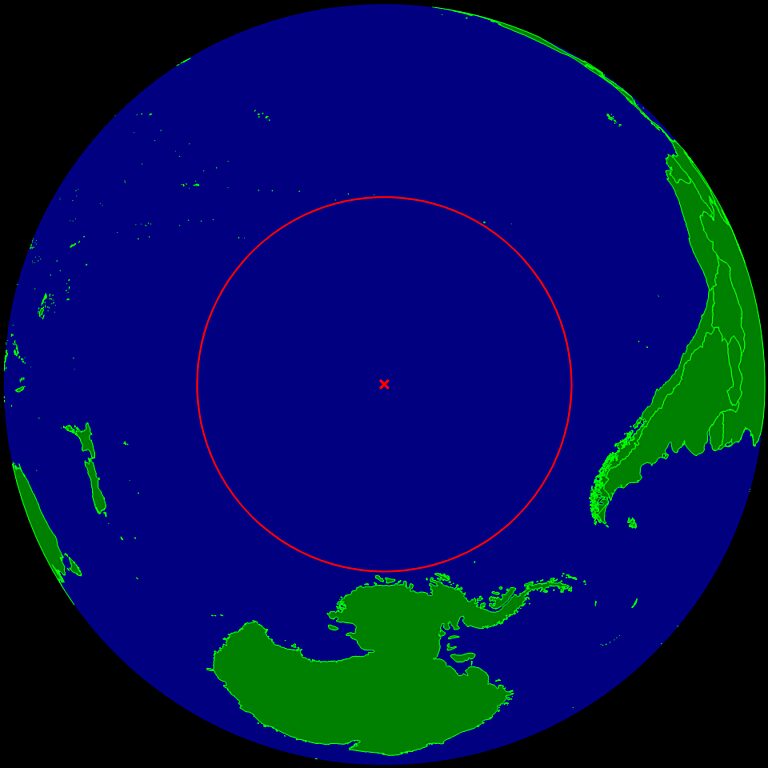The Downlink • Jan 14, 2022
What sci-fi dreams are made of
Space Snapshot

Important reminder: the International Space Station is a science fiction dream come true. This stunning image of the ISS was taken from a SpaceX Crew Dragon spacecraft as it flew around the orbiting laboratory after undocking. Check out the full collection of photos from its jaunt around the station. Image credit: NASA.
You love space, now take action
This weekly newsletter is your toolkit to learn more about space, share information with your friends and family, and take direct action to support exploration. Anyone can subscribe at planetary.org/connect to receive it as a weekly email.
Mission Briefings


NASA’s Perseverance rover grabbed a sixth sample for return to Earth, but some stray pebbles jammed up the storage process. Engineers on Earth are assessing the situation carefully but said that the rover was designed to overcome this exact problem. “We want to take whatever time is necessary to ensure these pebbles exit in a controlled and orderly fashion,” said Louise Jandura, Perseverance’s chief engineer for sampling and caching. Pictured: Pebble-sized debris in the rover’s bit carousel. Image credit: NASA/JPL-Caltech/MSSS.

Breathe a sigh of relief: JWST is fully deployed. The telescope’s final mirror wing was locked into place on Jan. 8, marking the last major deployment following the observatory’s launch on Dec. 25. Technicians must now align each of JWST’s 18 hexagonal mirrors using small actuators on the back of each segment. The process will take a few months; science images aren’t expected until mid-year.

NASA has a new chief scientist. Katherine Calvin, a climate scientist who will also serve as the agency’s senior climate advisor, succeeds outgoing chief scientist Jim Green. Calvin’s appointment reflects the Biden-Harris administration’s emphasis on combating climate change.
From The Planetary Society


What do you mean, “don’t fly too close to the Sun?” NASA’s Parker Solar Probe recently touched the Sun, dipping within its outer atmosphere. The spacecraft pulled this off thanks to ingenious engineering. It can handle temperatures of up to 1,370 degrees Celsius (2,500 degrees Fahrenheit) and can survive passing through fields of micrometeorites moving at speeds up to 192,000 meters per second (430,000 miles per hour). Nicola “Nicky” Fox, director of NASA’s Heliophysics Division, and Nour Raouafi, the mission’s project scientist, join this week’s Planetary Radio to talk about how a mission like this is possible, and what we’re learning from it. Pictured: An artist's impression of the Parker Solar Probe. Image credit: JHUAPL.

What's in store for space policy in 2022? The latest Planetary Radio: Space Policy Edition looks forward to a year of new rockets, new legislation and a new direction for planetary exploration.

If you listen to Planetary Radio, we want to hear from you. We’re conducting a survey of our listeners to find out who they are, why they listen, and how they engage with us. Take five minutes to fill out this short survey and you’ll help make Planetary Radio the best it can be.
Join the Day of Action!

On March 8th join the largest citizen space advocacy event in the world and ensure the great potential of space science and exploration becomes reality. We arrange virtual meetings with Congress, provide expert training, and give you key talking points that you can use to advocate for space no matter where you live. All you need to bring is your passion. Image credit: Makayla Healy.
What's Up

Jupiter shines low in the west in the early evening, with Saturn closer to the horizon. Venus rises low in the predawn east, with Mars nearby. Comet Leonard is fading fast, but if you live in the southern hemisphere, you might still be able to catch a glimpse of it in the western evening skies before it vanishes into the cosmos. Learn more at planetary.org/night-sky.
Wow of the Week

Let’s take a closer look at Point Nemo, where hundreds of spacecraft have been laid to rest. It is in the oceanic pole of inaccessibility, the most remote location on Earth. Surrounded by more than 1,600 kilometers (1,000 miles) of ocean in every direction, it is so far from land that the nearest human beings are astronauts aboard the International Space Station when it passes overhead. Non-human life also stays far away from Point Nemo, since it is located in an extremely nutrient-poor part of the ocean. The location has interesting science fiction connections too. It was named after Captain Nemo, the submarine captain from Jules Verne’s sci-fi classic “20,000 Leagues Under The Sea.” And Point Nemo’s location is at almost the exact coordinates of the fictional city of R'lyeh from the 1928 short story “The Call of Cthulhu,” by sci-fi legend H. P. Lovecraft. Image credit: Wikipedia.
Share your artwork with us!
We love to feature space artwork in the Downlink. If you create any kind of space-related art, we invite you to send it to us by replying to any Downlink email or writing to [email protected]. Please let us know in your email if you’re a Planetary Society member!


 Explore Worlds
Explore Worlds Find Life
Find Life Defend Earth
Defend Earth


